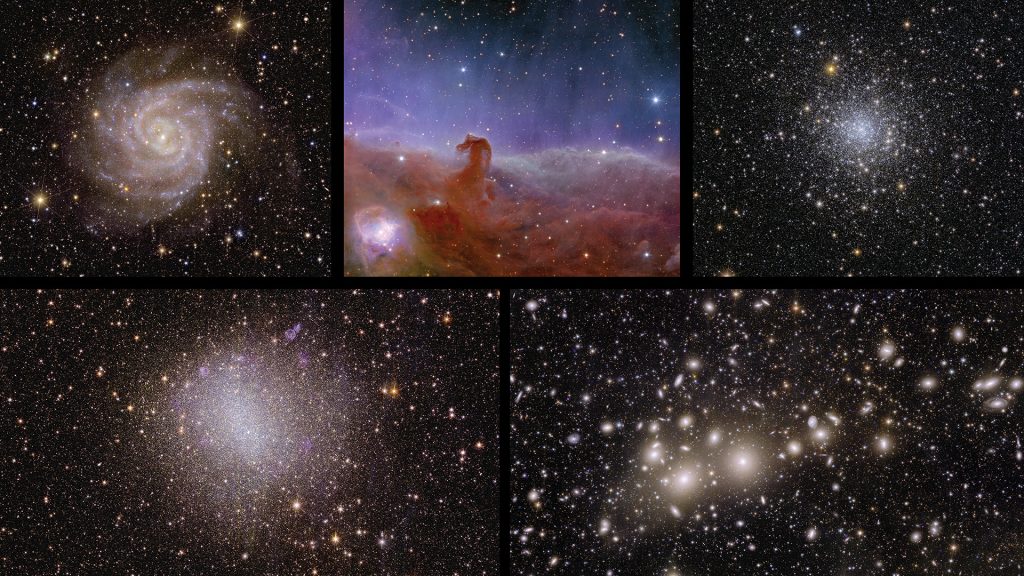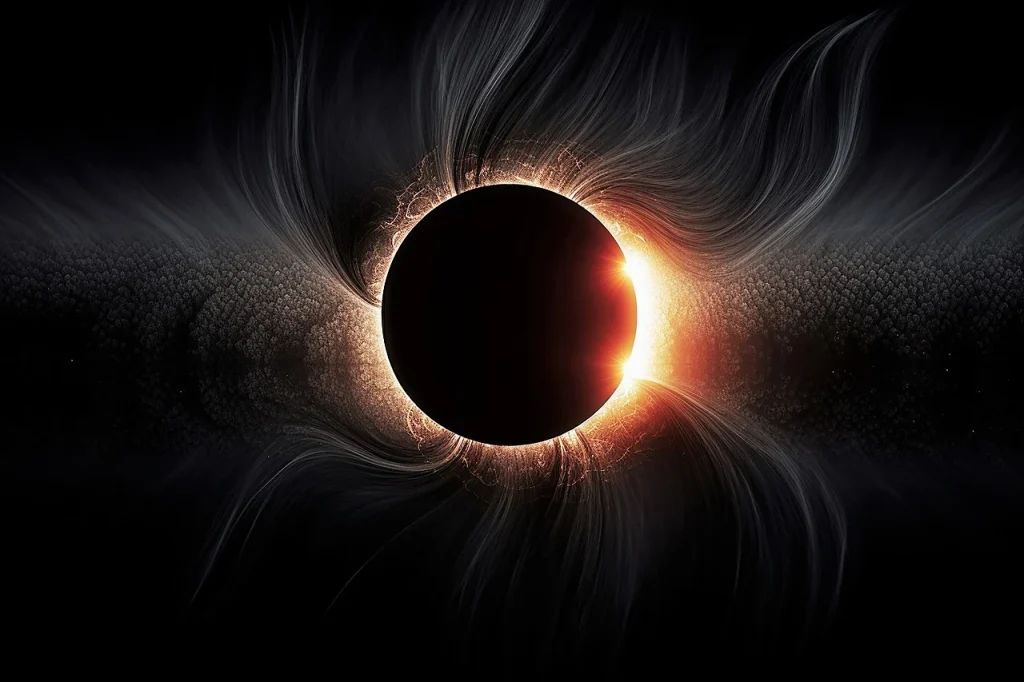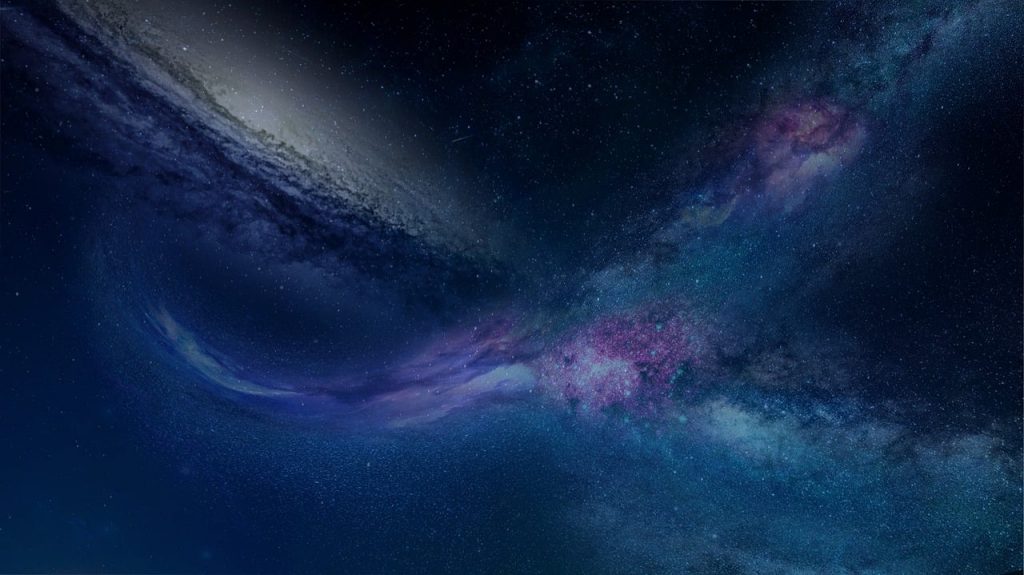Two important ESA missions are shaping the future of cosmology and astrophysics. One is Euclid, a space telescope designed to measure the galaxy shapes and positions up to high redshift. The correct interpretation of its data will test the seeds of primordial cosmological perturbations and will establish the impact of dark components–such as dark energy (DE), dark matter (DM) and massive neutrinos-and the presence of possible modifications of gravity, on the dynamics of the large-scale structure (LSS). The other mission is LISA, a space-based interferometer designed to detect gravitational waves (GW) produced by coalescing supermassive black hole binaries or strong first-order phase transitions in the early Universe. In this context, a major part of our activity in cosmology and gravity is focused on theoretical aspects relevant for these missions: the study of the dynamics of the large-scale structure of the Universe, the investigation of various dark-matter scenarios, the modelling and parametrization of dark-energy and modified-gravity theories, and the prediction of gravitational waves spectra emitted at early times or from compact binary inspirals.

Research themes
Large-scale structures
Current and upcoming data releases by major galactic surveys such as Euclid, DESI and LSST, promise to shed new light on DE and DM, but their exquisite measurements of galaxy distributions and gravitational lensing effects call for improvements of theoretical predictions and statistical analysis tools. We develop several complementary techniques to obtain accurate predictions that can also be applied to non-standard cosmological scenarios (perturbative resummations, effective-fieldtheory approaches, …) or are less sensitive to small-scale nonlinearities (nulling schemes). We also develop new statistical tools (shape of the full probability distribution) that can go beyond the standard analysis based on two- and three-point correlations.

Dark energy and modified gravity
A major goal of Euclid is to shed light on the origin of the cosmic acceleration and test General Relativity on cosmological scales. We develop new DE/modified-gravity theories and study their phenomenological consequences, using both explicit constructions (to investigate highly nonlinear screening mechanisms that ensure consistency with tests of gravity in the Solar System) and effectivefield-theory approaches (to study in a unified manner the cosmological consequences of large classes of models). Complementary to cosmological probes, laboratory experiments can also provide constraints on DE/modified-gravity scenarios, as they often involve new degrees of freedom that lead to a fifth force pervading all space. Computing this residual fifth force in the laboratory, we explore how various experimental setups (such as Casimir experiments) constrain large classes of models.
Dark matter
As WIMPs have not been detected yet, alternative DM scenarios, such as Fuzzy Dark Matter, have become popular in the recent years (especially since they may alleviate the small-scale problems of the standard Cold Dark Matter paradigm). We study the cosmological and astrophysical behaviors (formation of solitons, flow around black holes, …) of such DM models, which may have nonnegligible self-interactions.

Gravitational waves
The recent detection of gravitational waves by the LIGO/Virgo collaboration has opened a new window on the Universe and it has already provided new constraints on gravity. In particular, we study how their propagation speed, the decay of GW into DE fluctuations or the triggering of DE instabilities rule out large classes of modified-gravity theories. We also contribute to the challenging computation of the emission of gravitational waves by binary systems, which is crucial for the analysis of LIGO/Virgo and future LISA data. Using several tools recently developed in particle physics, we derived, for the first time using purely classical methods, the four-momentum radiated at leading order in the postMinkowskian expansion, including tidal and spin effects.

Scientific staff
Brando BELLAZZINI
Francis BERNARDEAU
Philippe BRAX
Carlo HEISSENBERG
Raffaele TITO D’AGNOLO
Patrick VALAGEAS
Filippo VERNIZZI


